The following was written in collaboration with The Watch Preserve, a premier vintage watch dealer based in Fort Worth, Texas. Bringing stories like these to light is the guiding principle behind The Watch Preserve. Each watch has a past — it only needs to be brought to light. Be sure to check them out at the first-ever Dallas Windup Watch Fair from 15-16 March!
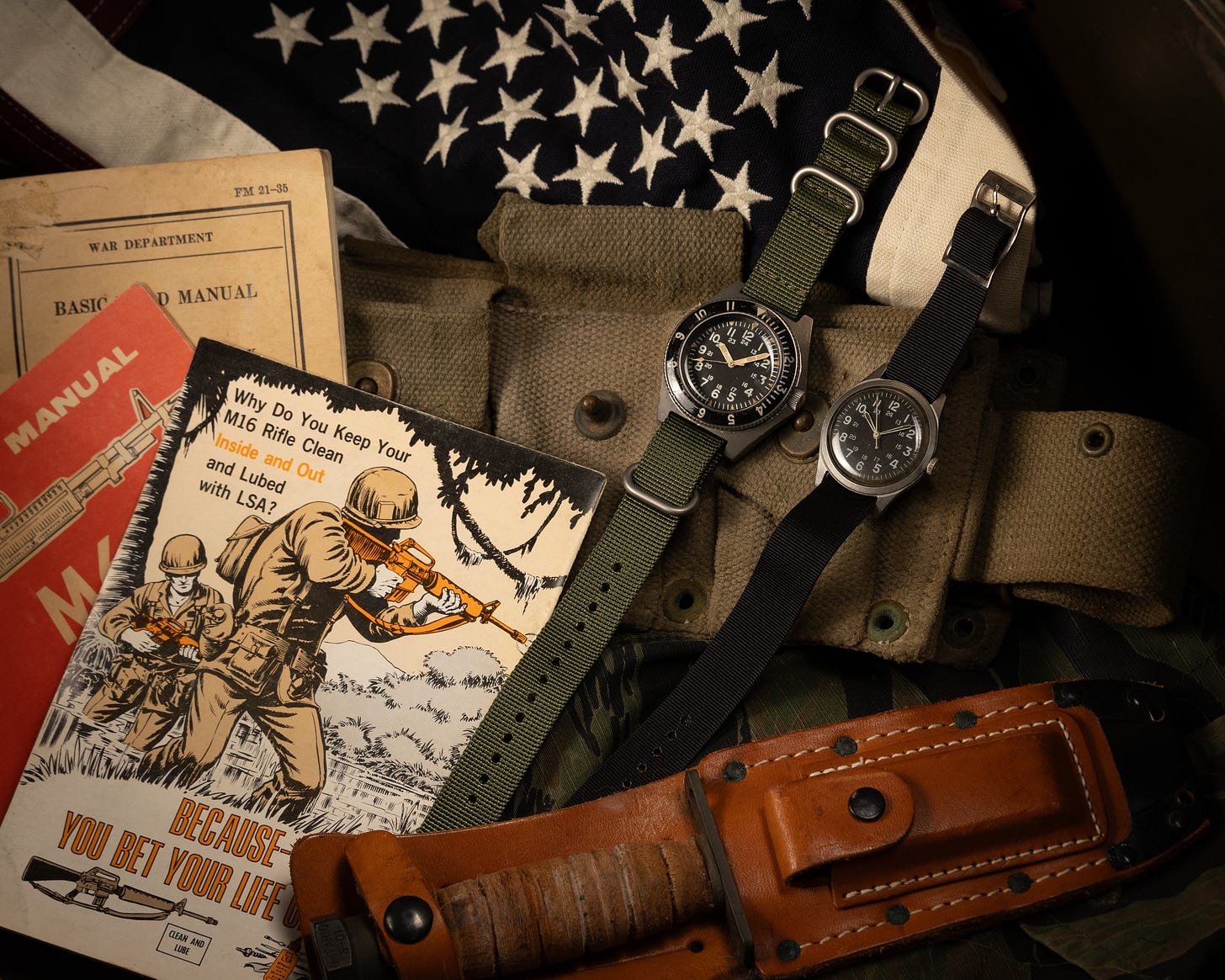
More than fifty years have passed since the last American combat troops left South Vietnam, yet the war still looms large in the American psyche. Constantly referenced in the cultural zeitgeist in the decades leading to the Global War on Terror, it highlighted a country that no longer quite recognized itself when it looked in the mirror. Relics from the period have taken on a special significance, allowing for a tangible connection to the memory of that period. In their small way, watches are a part of that story.
Although more than 3.4 million service members deployed to Southeast Asia alone during the war, wristwatches were not readily supplied to all personnel. Most watches worn overseas were privately purchased, either from back home or from one of the numerous Post or Navy Exchanges across the globe. Yet it is the officially issued pieces that dominate the iconography associated with the period, their memory intertwined with the conflict they were created to serve in.
Perhaps no company better illustrates this than Benrus. Founded in 1921 as a watch repair shop in New York City by three Romanian-American brothers, Benrus — a portmanteau of founder Benjamin Lazrus’ name — quickly transitioned to assembling watches utilizing movements from their factory in La Chaux-de-Fonds, Switzerland with cases they produced in domestic factories by the end of the decade. The Second World War did not represent a major disruption for business. Due to their movement manufacturing capabilities being located overseas, Benrus was not required to refit and alter production like many American watchmakers. They were able to continue the export of their Swiss movements while supporting the war effort through the production of timing devices at home.
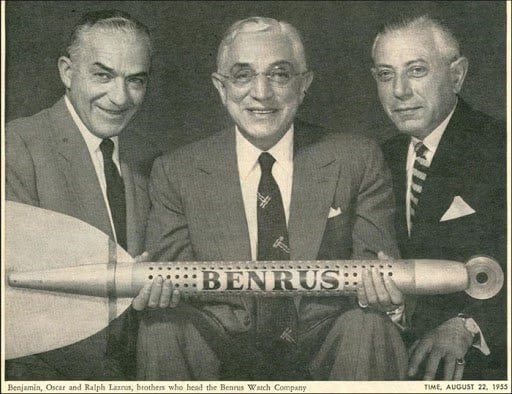
The 1950s saw continual growth, the company eventually growing large enough that they attempted a hostile takeover of the Hamilton Watch Company. This marked a sort of high-water mark for the brand, as the 1960s would see their influence dwindle as the influx of less expensive wristwatches from Japan began a rapid change in the market. By 1968, the brand was sold to Victor Kiam, an entrepreneur best known for his later ventures with Remington Products and as an owner of the New England Patriots. Kaim sold his majority stake in 1977. The brand, having faltered for several years, declared bankruptcy by 1981 and the name passed around.
Throughout this turmoil, Benrus continued to fulfill their government contracts for military watches. During this period, the war in Vietnam reached its peak in 1968, with American involvement declining through the departure of the last U.S. combat troops in March 1973. With American involvement in the region beginning in the 1950s and the official escalation in 1965, Benrus served throughout the conflict with two of its most iconic references: the DTU-2A/P general-purpose field watch and the special-forces oriented Type I and II dive watches.
GG-W-113 DTU-2A/P
Vietnam saw more progression in the field watches issued than the previous wars. The original specification sent in country was the MIL-W-3818. First introduced in 1956, the MIL-W-3818 specification was introduced as a general-use timepiece. Early variations — particularly the Bulova-variant of the MIL-W-3818A — closely resembled the MIL-W-6433A (A17A) of the Korean War. The revised B specification appeared in 1962, marking the final transition from the Second World War style of field watch issued by the armed forces. Bulova hoped to win this new contract as well, but Benrus and its DTU-2A/P won out. The MIL-W-3818 is readily identified by its dial, featuring a luminous tip on the seconds hand, lumed hands and hour markers, and an Arabic numeral 12-hour track with a smaller 24-hour track inside.
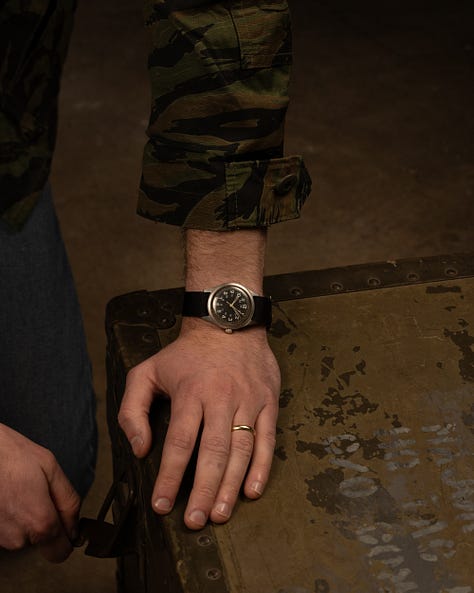
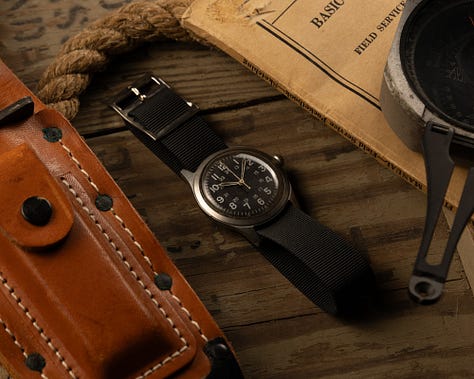
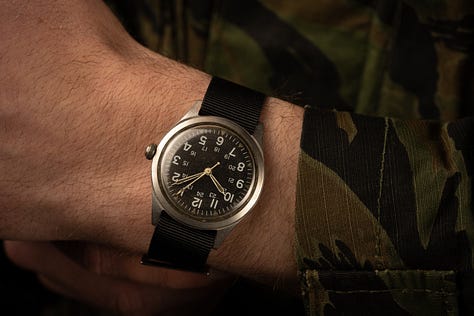
The DTU-2A/P’s adoption eliminated the earlier need for yearly testing, a problem with the MIL-W-3818A, and was subsequently issued by the Armed Forces from 1964 to 1969. It features a one-piece case with a split-stem crown. Unlike some other military timepieces of the period, the DTU-2A/P does not use fixed spring bars.
A close relative to the MIL-W-3818B, the GG-W-113 was introduced as an upgraded specification designed for pilots. It is often difficult to tell apart without seeing the caseback due to nearly identical dimensions and dials. Fitted with a higher-grade 17 jewel movement, it mimics the relationship between the ordinance watches of the Second World War and the A-11 issued to pilots and navigators. The GG-W-113 was manufactured by Hamilton, Benrus, and Marathon, first seeing service in 1967 with production lasting through the late 1980s. The civilian version of this reference, the 3061, has found enduring fame as the watch worn by Steve McQueen in 1968’s Bullitt.
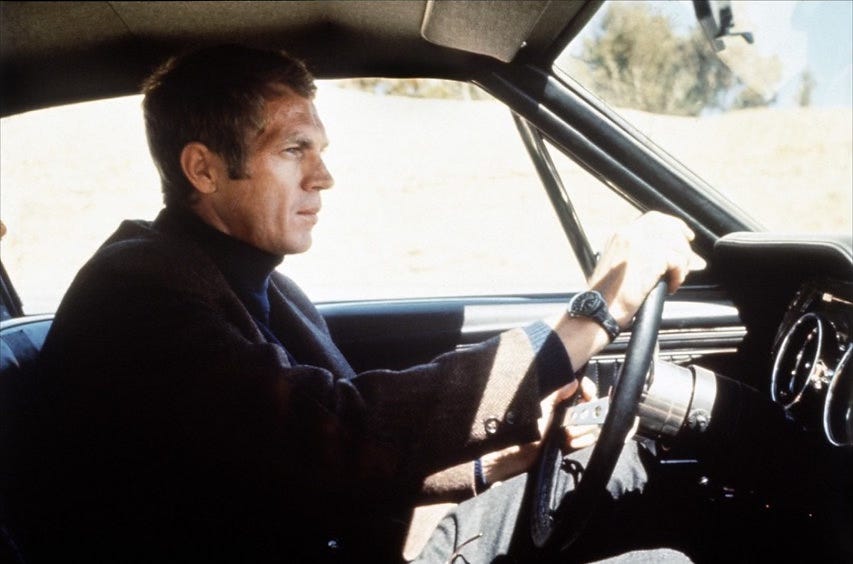
While the GG-W-113 saw a relatively long lifespan for an issued timepiece, the MIL-W-3818B was succeeded by the revised MIL-W-46374 specification in 1964. The 4374 integrated a lower grade movement and less expensive metal, later plastic, cases. These watches were designed to be thrown away when they would no longer function rather than be serviced like their predecessors. The MIL-W-46734 has endured over the decades, ultimately reclassified in 1999 as the MIL-PRF-46374. The latest version is known as the Marathon General Purpose.
MIL-W-50717 Type II Class A
The Benrus Type I and II can only be rightfully described as an icon of military design. Produced from around 1972 to 1980, these watches feature an asymmetrical 42.5mm case built to the MIL-W-50717 specification. They are easily told apart by their dial designs:
Type I: Markers
Type II: 12/24 hour display
The latter’s dial is nearly identical to the DTU-2A/P, featuring the same triangular markers and internal 24-hour scale.
The Type I and II's parkerized steel case features fixed bars, allowing only for the use of pull-through straps. It utilizes a top-loading construction for improved shock protection. While these monocoque cases were an excellent idea in theory, they resulted in difficult servicing of the timepieces and their domed acrylic crystals were prone to stress fractures. A two-piece crown stem — another requirement of this design decision — was another recognized failure point. Perhaps most recognizable is the Type I and II’s bidirectional 12-hour bezel, a unique feature useful for elapsed time in minutes and hours, as well as additional time zones.
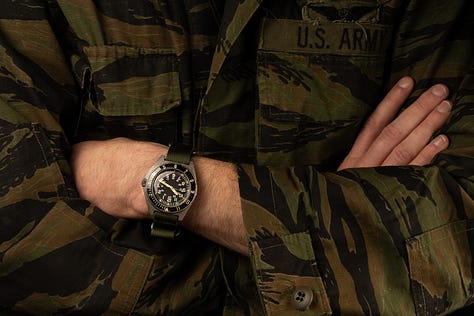

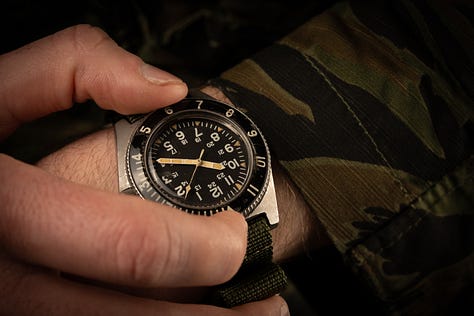
Inside is a 17-jewel ETA 2620, the Swiss manufacturer’s first series of high-beat automatic calibers launched in 1963. The famous 2824 is a descendant of this workhorse movement. Accurate and reliable, they saw hard duty overseas. These watches were issued, worn hard, and put away wet. Of the estimated 16,000 produced — approximately 6,000 Type I’s and 10,000 Type II’s — relatively few survive today. These watches were issued to elite units like the Army’s Green Berets and the Navy’s SEAL and UDT divers, including some CIA types, further ensuring the watch’s legendary reputation.
Though the Type II was purpose-built for the United States military, it was by no means the only watch seeing service. In addition to private purchase wristwatches and other issued pieces, the Navy Air Diving Manual of 1974 provides the following list of approved timepieces for use by U.S. Navy divers, including watches by Doxa, Aquastar, Rolex, Tudor, and Zodiac.
The Type I and II’s short lifespan and low production compared to its general-purpose sibling at one time gave it an under-the-radar appeal. Now, with notable reissues from MKII and the relaunched Benrus company, it has become a prominent symbol of the American mil-spec dive watch. But the originals — nearly always deeply weathered, scarred by their service — still command an excitement in collectors that is unmatched.
Watches, at their best, provide a tangible connection to the past. Keeping an old watch going is a way of keeping history alive, the memory of its former owners and service embedded in every scuff and scratch. Military provenance adds another layer, suggesting hardship and shared dangers. The watches of these conflicts are linked to their memory. Issued to and worn by those serving in Southeast Asia during those long years in Vietnam, they offer a unique glimpse into a fleeting period, one with many stories still left untold.
Both the DTU-2A/P and Type II were made available by The Watch Preserve and Art Deco Watches. To view these and other selections from history, visit The Watch Preserve.
Photographs throughout are by Brock Stevens.





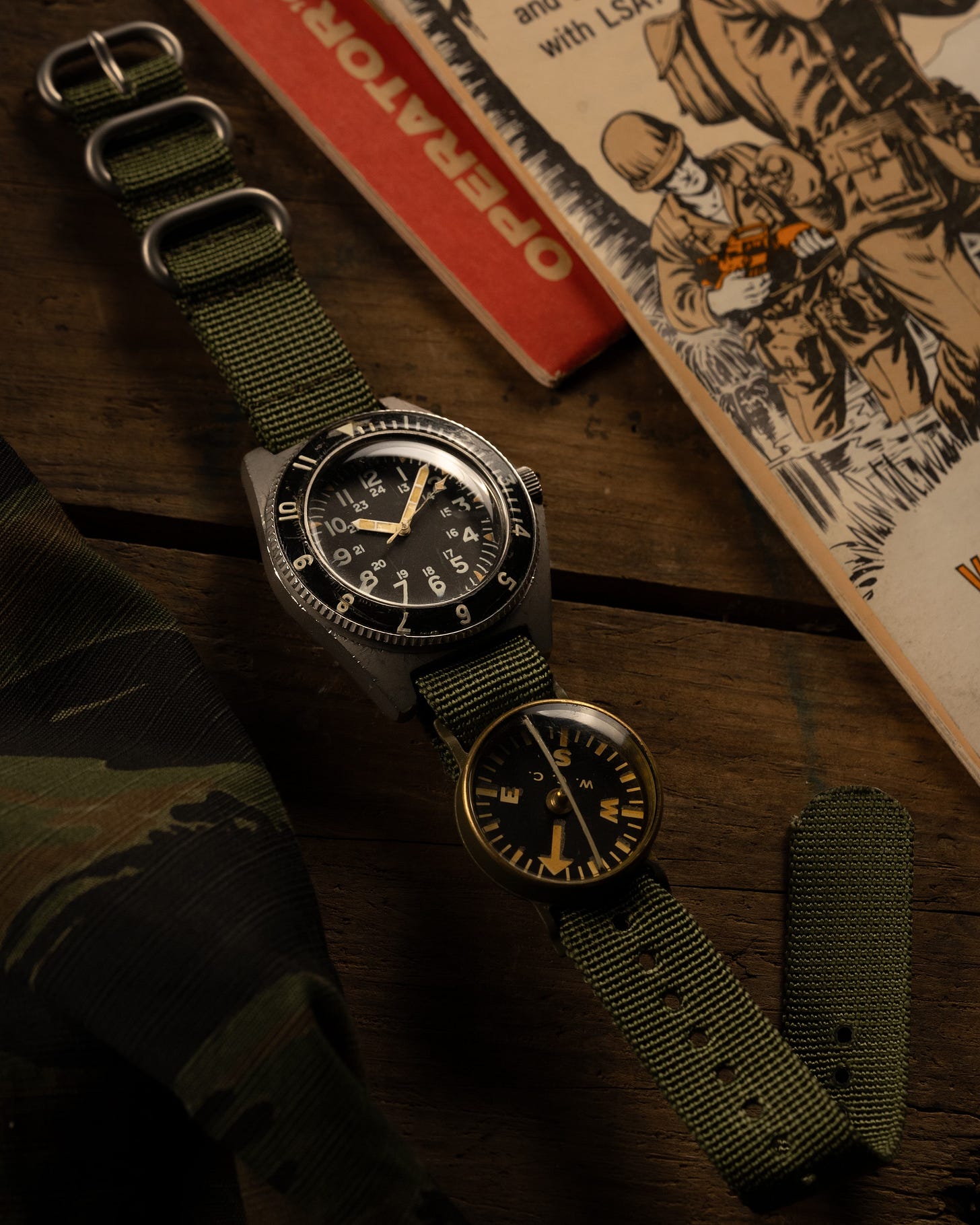
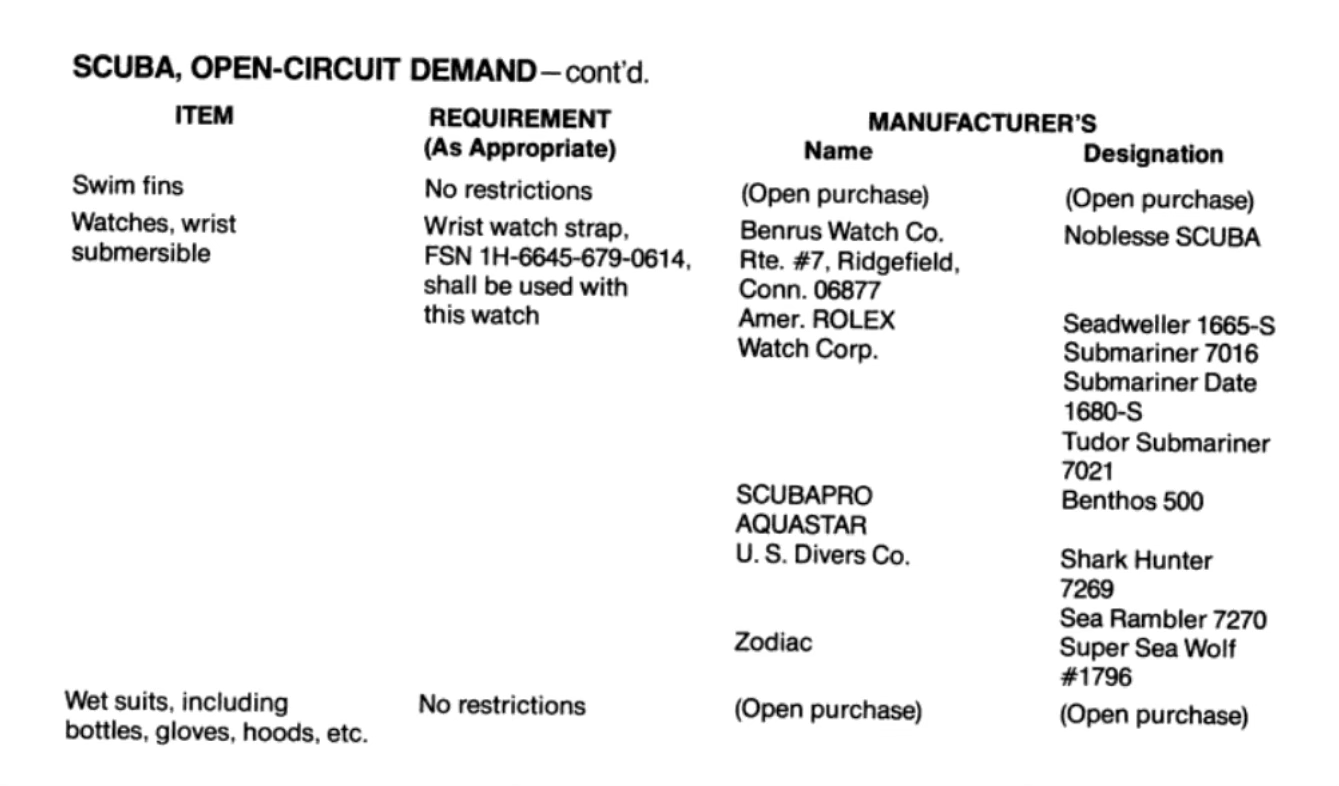
Welcome to The Nam.
Excellent history, my friend!